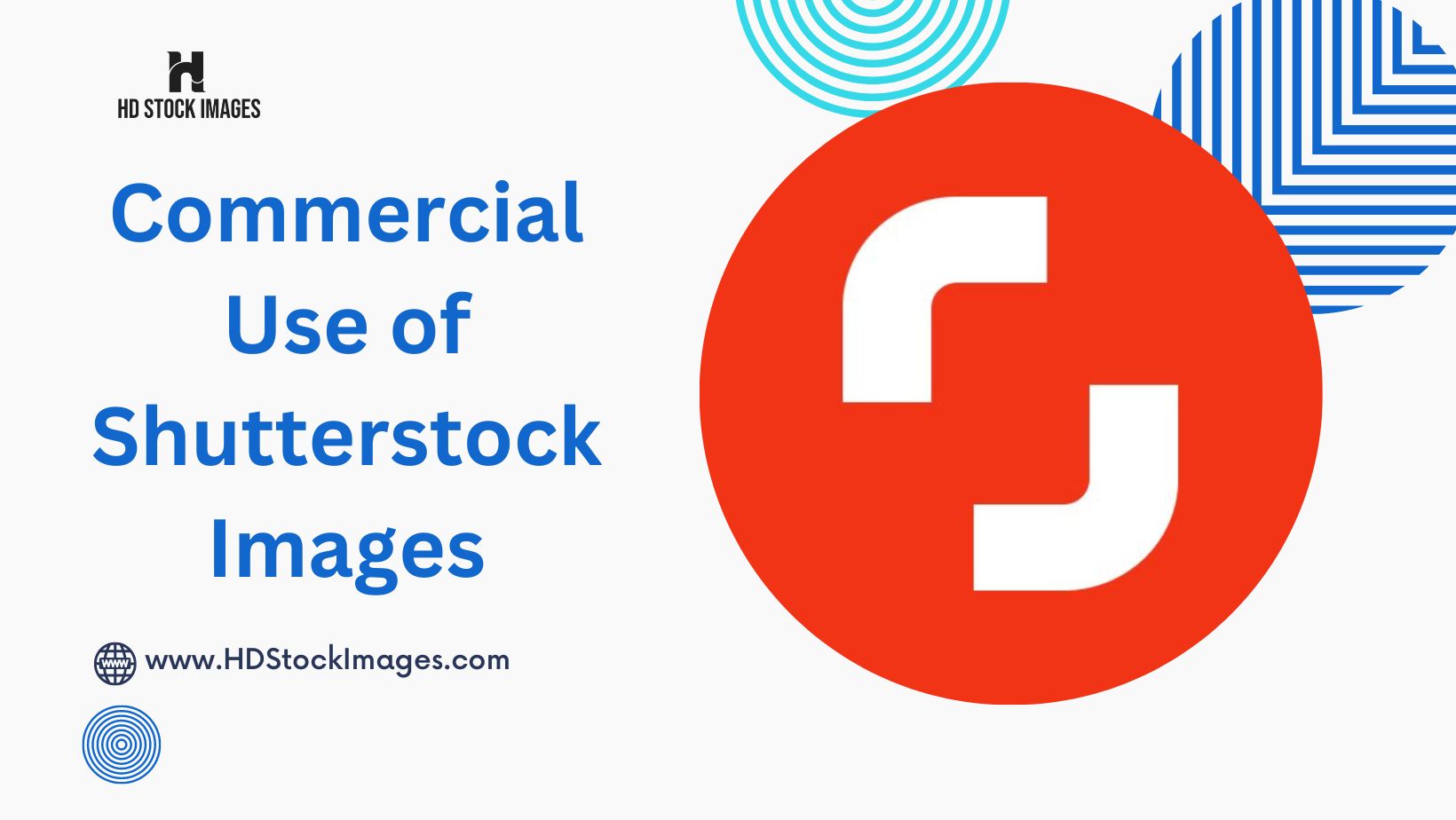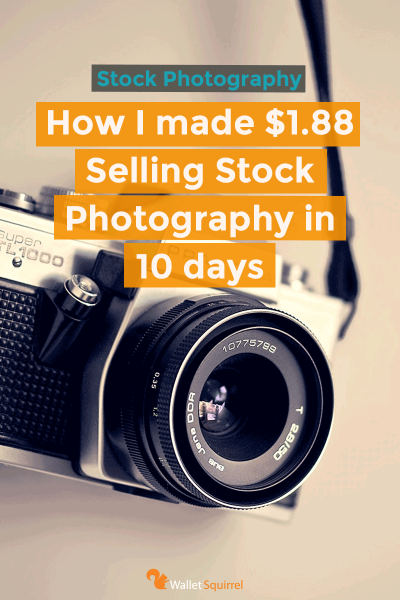If you’re a photographer, designer, or content creator, chances are you’ve heard of Shutterstock — one of the biggest platforms for stock images and videos. But beyond just downloading and uploading, there’s an essential aspect that often goes unnoticed: data licensing. Essentially, data licensing is how Shutterstock manages the rights to use and distribute images, videos, and other media. In 2025, understanding how licensing works is more important than ever, especially since it directly impacts how much you get paid or how much you pay for licenses. Let’s break down what data licensing is all about and why it matters for creators and users alike.
How Shutterstock Determines Licensing Payments in 2025
So, you’re wondering, “How does Shutterstock decide how much to pay or charge for licensing in 2025?” Well, it’s a mix of several factors designed to ensure fairness and reflect the actual value of the content. Here’s a quick rundown:
- Type of License: Shutterstock offers different licensing options, mainly standard and enhanced licenses. The standard license is suitable for most uses, like websites or social media, while enhanced licenses cover more extensive uses like merchandise or large campaigns. The type you choose affects the payment structure.
- Content Usage: How the media is used significantly impacts licensing fees. For example, commercial advertisements or large-scale print campaigns usually command higher fees than editorial use or personal projects.
- Download Volume and Frequency: Shutterstock considers how often and how many times the content is downloaded. High-demand content or exclusive licenses might fetch higher payments.
- Content Popularity and Demand: Trending or highly sought-after images and videos tend to have higher licensing costs. Shutterstock uses data analytics to identify these, adjusting prices accordingly.
- Contributor Agreements: Creators who contribute content agree to specific licensing terms, which can influence how payments are calculated. Some contributors choose exclusive licenses, which generally lead to higher earnings.
- Market Trends and Economic Factors: External factors like inflation, industry demand, and technological advancements also play a role in setting licensing prices for 2025.
Shutterstock has become increasingly sophisticated in its pricing algorithms, blending data-driven insights with market trends to ensure both content creators and users get fair value. As a contributor or customer, understanding these factors can help you navigate licensing negotiations and maximize your earnings or investments in 2025.
Factors Influencing Data Licensing Rates
When it comes to data licensing payments on Shutterstock in 2025, there are quite a few factors that play a role in determining how much contributors earn per license. Understanding these can help you optimize your submissions and potentially boost your earnings.
First up, the type of data or asset you’re licensing makes a big difference. For example, high-demand data types like AI training data, specialized industry datasets, or unique image collections tend to command higher licensing fees. Shutterstock and other platforms often value novelty and specificity, so if your data fills a niche or addresses a trending topic, it could fetch a higher rate.
Next, licensing model impacts the payout. Shutterstock offers different licensing options, mainly standard and enhanced licenses. Enhanced licenses usually come with higher prices because they allow more extensive use, and contributors benefit from higher royalty percentages. Be sure to understand which license your data qualifies for and how it affects your payouts.
Usage scope also influences licensing fees. Data that’s licensed for broad commercial use—like advertising campaigns or large-scale corporate projects—tends to be priced higher than data used for limited purposes. When uploading your data, clearly specify its potential applications to help buyers determine the right licensing tier.
Another key factor is market demand and trending topics. During certain periods, topics like renewable energy, healthcare innovations, or emerging tech can spike in popularity, leading to increased licensing rates for related datasets. Staying current with industry trends and tagging your data accurately can help it appear in relevant searches, boosting your chances for higher-paying licenses.
Lastly, your reputation as a contributor plays a role. Consistently high-quality, well-tagged, and relevant data can lead to higher licensing rates over time. Shutterstock and similar platforms tend to reward contributors who understand market needs and produce data that buyers find valuable.
In summary, the licensing rates are influenced by the type of data, licensing model, usage scope, market demand, and your reputation. Keeping these factors in mind can help you strategize better and maximize your earnings from data licensing in 2025.
Average Payouts for Contributors in 2025
So, what can contributors expect to earn on average from data licensing payments on Shutterstock in 2025? While exact figures can vary based on many of the factors we just discussed, let’s break down some general insights to give you a clearer picture.
On average, contributors earn around 25% to 30% of the license price for standard licenses. For example, if a dataset is licensed for $100 under a standard license, your payout would typically be between $25 and $30. For enhanced licenses, which can be priced significantly higher—sometimes several hundred dollars—the payout percentage remains similar, but the actual payout can be much larger.
It’s important to note that license prices vary widely depending on the data type and usage. For high-demand datasets, licenses can range from a few hundred to several thousand dollars. For instance:
License Type Average Price Range Contributor Payout Percentage Standard License $50 – $500 25% – 30% Enhanced License $200 – $2000+ 25% – 30% For data contributors who consistently upload high-quality, relevant datasets, some earn several thousand dollars per month through licensing alone. Of course, this depends on volume, quality, and how well your data matches current market needs.
Additionally, Shutterstock has been experimenting with premium licensing options and special arrangements for top contributors, which can offer even higher payouts. Some contributors have reported earning $10,000+ per month when their datasets go viral or are heavily in demand.
Remember, building your portfolio with diverse, high-demand data and optimizing your tags and descriptions can significantly impact your total earnings. In 2025, the landscape is competitive, but with the right approach, your contributions can be quite lucrative.
Overall, while the average payouts are encouraging, the key to maximizing your earnings lies in understanding market trends, maintaining high-quality standards, and staying active on the platform. Keep an eye on industry shifts, and adapt your data submissions accordingly to thrive in the evolving world of data licensing!
Tips to Maximize Your Earnings from Shutterstock Data Licensing
Looking to boost your income from Shutterstock data licensing? You’re in the right place! Earning more isn’t just about uploading more files; it’s about working smarter and understanding what buyers want. Here are some practical tips to help you maximize your earnings:
Focus on Popular and Trending Topics
Keep an eye on current trends and hot topics. Whether it’s new technology, environmental issues, or popular culture, timely content tends to attract more buyers. Use Shutterstock’s trending search data to identify what’s in demand and create relevant, high-quality data assets around those themes.
Optimize Your Metadata
Think of metadata as the key to unlocking your data’s visibility. Use clear, descriptive titles, detailed descriptions, and relevant keywords. The better your metadata, the easier it is for buyers to find your data. Incorporate popular search terms naturally, and avoid keyword stuffing to maintain professionalism.
Invest in High-Quality Data
High-quality, well-organized data is more likely to be licensed repeatedly. Ensure your datasets are clean, comprehensive, and properly formatted. Clear documentation and sample outputs can also make your data more attractive to buyers looking for ready-to-use datasets.
Diversify Your Portfolio
Don’t put all your eggs in one basket. Upload a variety of data types—images, videos, 3D models, or datasets—covering different topics. This diversification increases your chances of matching different buyer needs and boosts overall earnings.
Engage with the Shutterstock Community
Join forums, webinars, and social media groups dedicated to Shutterstock contributors. Networking can provide valuable insights into what’s working for others, upcoming trends, and tips for improving your submissions. Plus, engaging with the community can motivate you and spark new ideas.
Monitor Your Performance and Adjust
Regularly review your licensing reports to see which data assets perform best. Pay attention to download patterns, earning patterns, and buyer feedback. Use this information to refine your future uploads—focusing more on what works and phasing out less popular content.
Stay Updated on Licensing Policies and Payment Changes
Shutterstock’s licensing models and payment structures can evolve. Keep yourself informed about new policies, payment schedules, and licensing options. Being proactive ensures you don’t miss out on opportunities to optimize your income.
In essence, success with Shutterstock data licensing boils down to understanding your audience, maintaining high standards, and staying adaptable. By applying these tips, you’ll be well on your way to increasing your earnings and building a steady stream of income from your data assets.
Conclusion and Future Trends in Shutterstock Data Licensing Payments
As we look ahead to 2025, the world of Shutterstock data licensing is poised for exciting growth and transformation. The platform’s evolving payment structures and licensing options reflect a dynamic landscape that rewards contributors who stay engaged and adaptable.
One of the key trends to watch is the increasing demand for specialized, high-quality data. As industries like AI, machine learning, and data analytics continue to expand, so does the need for diverse and rich datasets. Contributors who focus on niche areas, such as healthcare data, environmental metrics, or innovative technology datasets, can tap into lucrative markets.
Another significant development is the potential shift towards more flexible licensing options. Expect to see new licensing models that cater to specific buyer needs, including subscription-based access or pay-per-use models. These options could provide more predictable and scalable revenue streams for contributors.
Payment methods and schedules are also likely to become more streamlined. Shutterstock may introduce faster payout options, more currencies, or even cryptocurrency payments, making it easier for contributors worldwide to receive earnings promptly.
Furthermore, as data privacy and ethical considerations become more prominent, contributors will need to ensure their datasets comply with emerging regulations. Transparency about data sources and usage rights will be crucial for maintaining trust and maximizing licensing opportunities.
To stay ahead in this evolving environment, consider the following strategies:
- Stay informed: Regularly check Shutterstock’s updates, blogs, and community forums.
- Upgrade your skills: Learn about data management, metadata optimization, and emerging technologies.
- Focus on quality: High-quality, well-documented datasets will continue to command premium licensing fees.
- Explore new formats: Experiment with 3D models, interactive data visualizations, or multimedia datasets to diversify your portfolio.
In summary, the future of Shutterstock data licensing payments looks promising, especially for contributors who are proactive, innovative, and attentive to industry shifts. By staying informed and adapting your strategies, you can maximize your earnings and enjoy a rewarding journey in the data marketplace of 2025 and beyond.



